Small Wonder
The American auteur Wes Anderson’s heavily stylised ‘sad comedies’ have raised tininess to high art
Rehana Munir
There’s something about miniature worlds. Their diminutive size changes the way we see, what we look for, how we process information. They suggest an attention to detail in their making, and demand the same of their audience. From dollhouses to miniature paintings, bonsais to toy trains, the fascination with a molecular world is a fascination with subtlety. Whether it is an artist at a stall outside a Mumbai art gallery peddling the absurd temptation of getting your name inscribed on a grain of rice, or an installation at the Louvre, captivating you with its representation of the French Revolution, small-scale productions are an artist’s pocket-size trick.
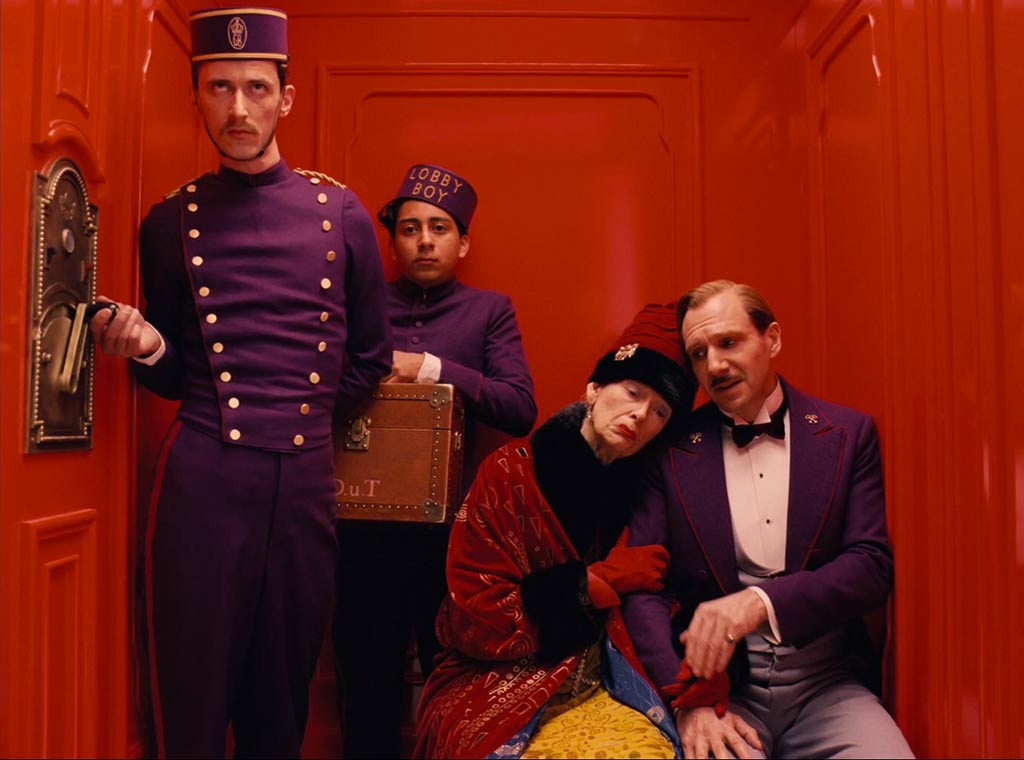
Filmmakers ordinarily don’t have much time to establish the world as they see it, or wish to represent it. Cinematic conventions help. Audiences are trained to see a world in a frame of film. Our experience of the real world guides our reading of a film. And then there are filmmakers who offer a painstakingly distilled experience to audiences, so what we see has an internal logic and meaning, which might resemble the real world but is not limited by it. Texas-born Wes Anderson’s films operate in this dimension of hyper-reality – a heavily stylised version of the real world, with distinctive recurring characters and tropes. The genre could be described as ‘sad comedy’, whimsical and eccentric, and where the visual design of the film contributes significantly to the drama. To be part of the art department of a Wes Anderson film is equal parts exhilarating and traumatic. To be a viewer, one needs a bifocal ability to view both, the big unfolding events, and the microscopic details that hold it all together.
Symmetrical frames, striking colour patterns, elaborate costumes, miniature sets and objects – the list of Anderson’s signature style elements is long. But if you had to reduce it to one defining feature, it would be an immaculate attention to detail. And much of this attention is lavished on the art direction. Production designer Adam Stockhausen, who first collaborated with Anderson on The Darjeeling Limited (2007), had quite a task on his hands when asked to design the titular train that three siblings journey on, in a film about fractured relationships and processing loss. Wallpaper and washrooms, furniture and embellishments – the right local artisan was found to fabricate each tiny element. But it wasn’t that simple. Two trains provided by Indian Railways were stripped down and remodelled to meet the requirements of the film. And for every set of a compartment, an exact replica was created on the other side of the train so as to give the director multiple filming options.
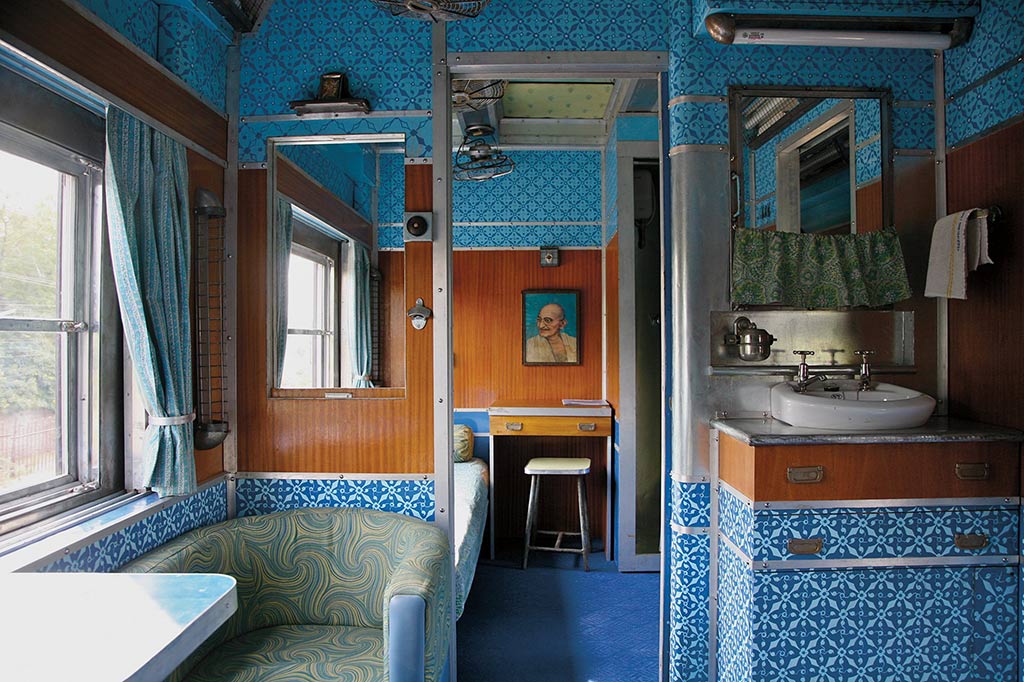
Anne Atkins, lead graphic designer on The Grand Budapest Hotel (2014), discovered that one could never be too careful when it comes to detailing. The hotel, set in a fictional town in Eastern Europe, and which we see in the 1930s and the 1960s, memorably featured the patisserie ‘Mendl’s’ in its intricate plot. Thousands of pink boxes with minute detailing were created for filming. Everything was as it should’ve been, but for a not-so-minor detail: the word patisserie was misspelled on each one of them! To make things worse, the boxes were captured in many shots before the error was spotted. Atkins, who attests to the fact that Anderson is a stickler like no other, certifies that he’s a nice guy, too. Post-production corrected the gaffe and no heads were chopped. As if to absolve the graphics team of any remaining guilt, the film went on to win the Oscar for Best Production Design in 2015.
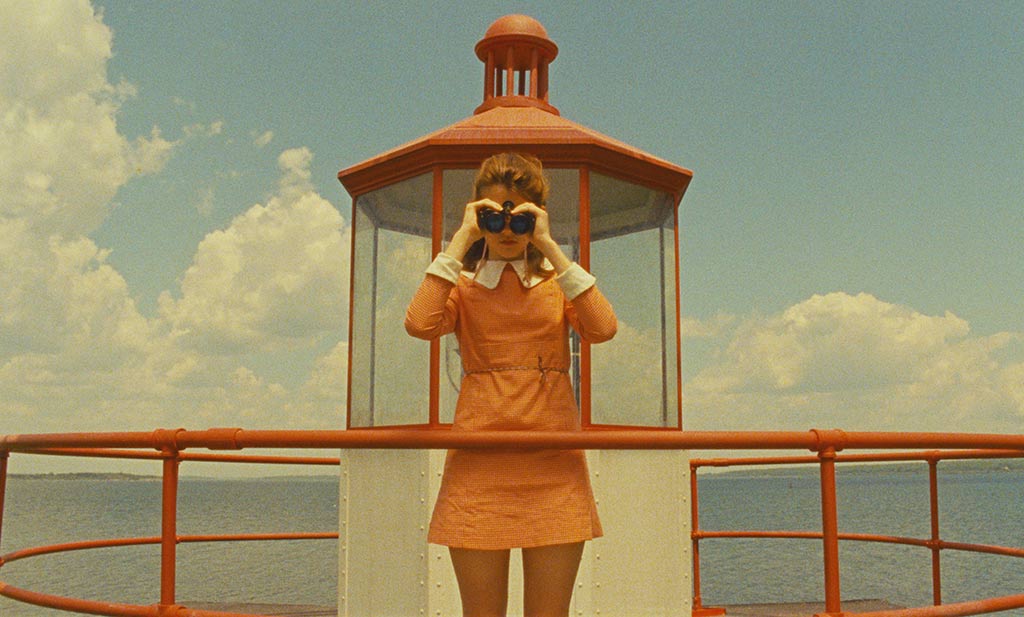
In The Life Aquatic with Steve Zissou (2004), Bill Murray plays the titular wildlife documentarian in search of the (mythical) ‘jaguar shark’ responsible for the death of his partner, while other characters represent other kinds of longing. Set in an ocean research vessel, Anderson infuses the film with pet themes like the problematic father figure. To look at it is to see the world several times removed from reality: the underwater setting, saturated colours in the set design, animated sea creatures, all achieve the opposite effect as verisimilitude. And yet the characters on board – the pregnant Jane (Cate Blanchett), secretive Eleanor (Anjelica Houston), angst-ridden Ned (Owen Wilson) – transmit human emotions, ponderous and melancholic, in a highly relatable way.
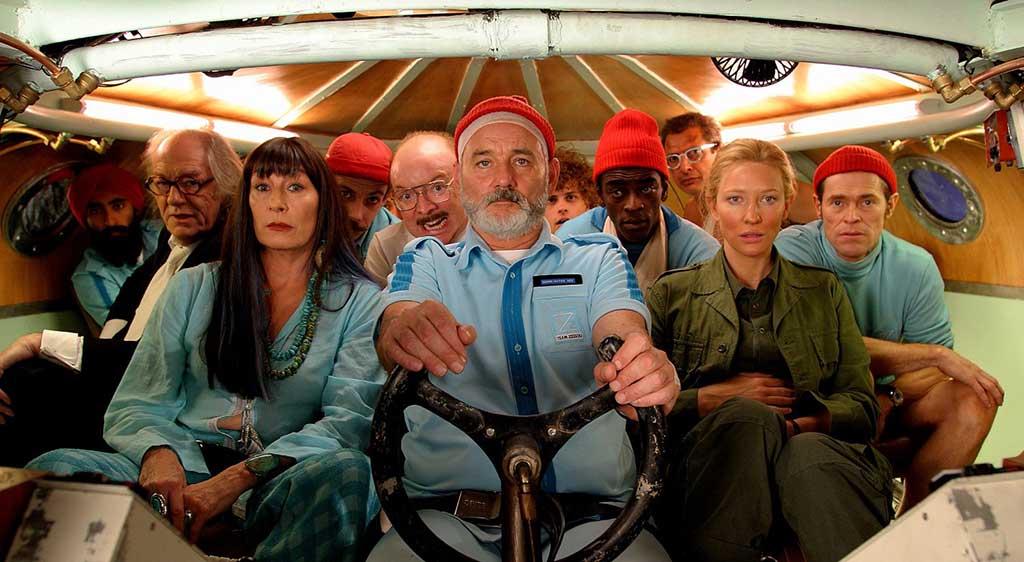
By the director’s own admission, plot is not what holds his films together; his characters could well walk out of one film and into another quite seamlessly. But the visual continuity of his films is so strong that his auteurship is apparent even with a casual glance at any single frame. Hollywood loves heroes and high-fives to glammed up mediocrity are common. In this scenario, ‘Andersonian’ is a genuinely well-deserved term for an artiste whose stamps his individuality in his works unabashedly and to great effect.
One of the most eye-catching qualities of a Wes Anderson film is its distinct colour palette. Even within a film subtle changes reflect change in period, mood or tone. In the stop-motion Fantastic Mr. Fox (2009) (originally a Roald Dahl book) featuring the voices of Meryl Streep and George Clooney, Anderson uses autumnal gold and yellow hues to paint a vivid picture. Even costumes from the Anderson catalogue are memorable for their colour choices – the tracksuits from The Royal Tenenbaums (2001), khaki scout uniforms from Moonrise Kingdom (2012) and blue jumpsuits and red caps from The Life Aquatic with Steve Zissou.
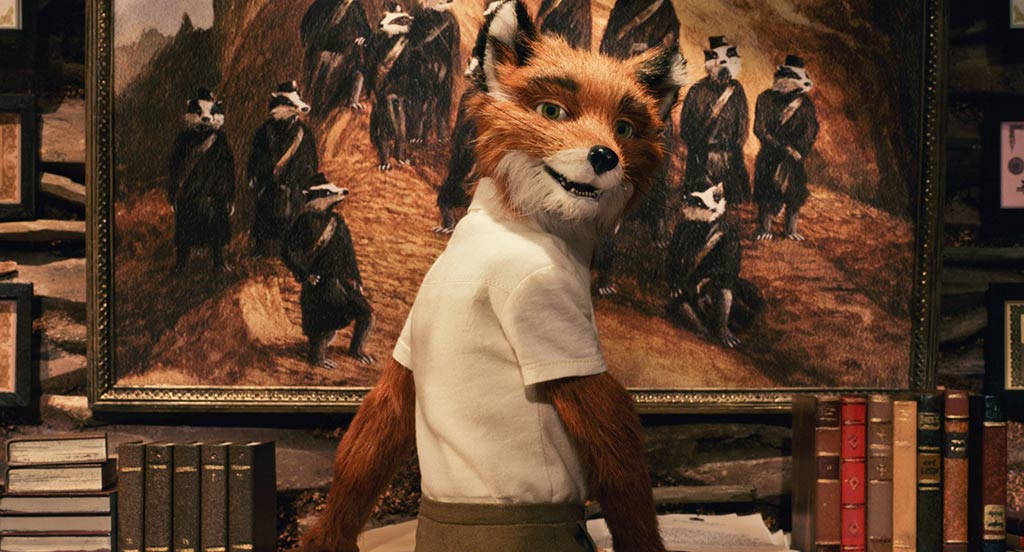
It is easy to conjure up a single image when conversation about a Wes Anderson film comes up. And very often this image is the prime location used in the film – a microcosm that is heavily customised, if only to underscore universal emotions. The Royal Tenenbaums, the film that won its director both critical acclaim and a fan following, instantly calls to mind the family house, with memorable details like Margot’s bathtub. The Life Aquatic is the submarine and the giant sea creatures. Moonrise Kingdom is the campsite and the lighthouse. Grand Budapest is the hotel. In effect, Anderson constructs a new world for each film, and even though these worlds are hyper-stylised, the emotions that play out within them are identifiable and genuinely moving.
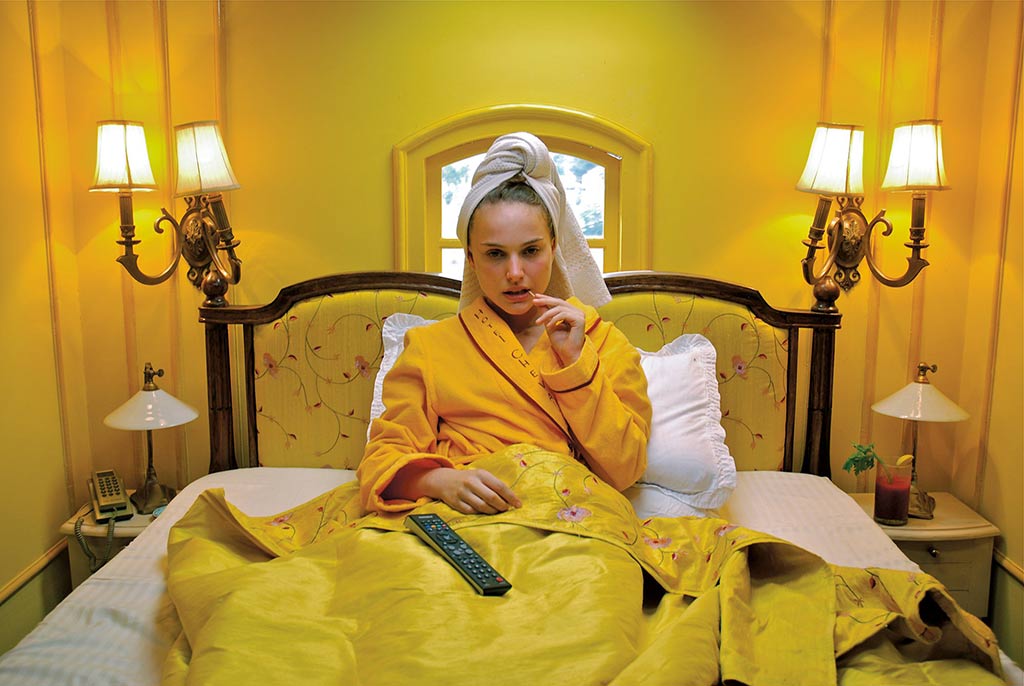
In a letter to her nephew, author Jane Austen famously – and self-diminishingly – described her writing as ‘the little bit (two inches wide) of ivory on which I work with so fine a brush, as produces little effect after much labour …’ But these two inches of ivory contain a richness that is unparalleled in literature. Spanish artist Mar Cerdà, herself a miniaturist, turns scenes from films into dioramas that delight with their precision. Considering Anderson often creates miniatures of sets to achieve his particular cinematic effects, he was a likely choice for a Cerdà project. Speaking about her recreation of a train carriage from The Darjeeling Limited, she says to The Guardian, ‘Everything in it – the patterned wallpaper, the towels hanging on a hook, the bespoke Louis Vuitton suitcases – is handmade using only paper and water-colour paint. Look closely and there are even miniature replicas of Indian miniature paintings.’ A miniature of a miniature. A fitting tribute to the filmmaker who’s raised tininess to high art.
Share